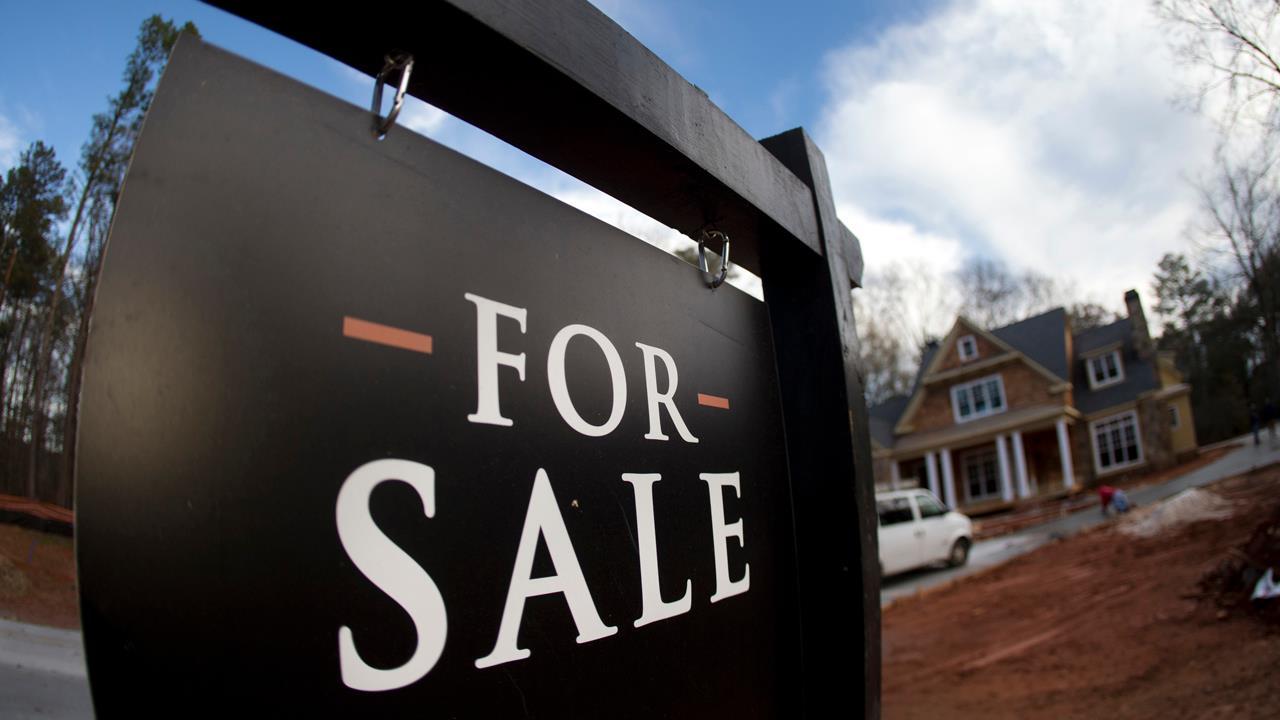More Americans lying on mortgage applications
As home prices continue to rise, a larger percentage of prospective American homebuyers are lying on their mortgage applications.
As many as one in 109 mortgage applications had indications of fraud in the second quarter of 2018, according to a new study from CoreLogic. That represents a more than 12 percent increase over the same quarter last year.
One of the main factors cited as influencing higher levels of fraud is a shift in trends from refinancing to purchasing in the housing market, as interest rates rise. Data has shown individuals are more likely to lie on applications for purchases.
Another factor credited with upping mortgage fraud is a rise in the use of wholesale lending, a practice by which banks use third-party lenders, like a credit union or a mortgage broker, to issue the loan to the consumer. That practice was common in the lead-up to the housing crisis.
However, CoreLogic noted that most of the fraud is actually being committed by “bona fide borrowers” simply trying to quality for a mortgage, at a time when prices are high, demand is strong and inventory is tight.
“Undisclosed real estate liabilities, credit repair, questionable down payment sources, and income falsification are the most likely misrepresentations,” Bridget Berg, principal of fraud solutions strategy at CoreLogic, said in a statement.
Income fraud risk – the misrepresentation of existence, continuance, source or amount used to qualify – rose the most out of the types of fraud examined, up more than 22 percent year-over-year. It was highest in Massachusetts, Nevada, Colorado, Kansas and Utah, CoreLogic found.
Fannie Mae warned earlier this year of scams in California where prospective homebuyers could use a service that would provide them with a fictitious job showing a high salary that could be used to qualify. CoreLogic said these programs are widespread.
Occupancy risk fraud – or deliberately lying about the intended use of a property (i.e. as a primary residence) – rose 3.5 percent in the second quarter, with the highest instances in Vermont, Hawaii, Alaska, Mississippi and New Mexico.
Undisclosed real estate debt fraud on the other hand, fell by more than 11 percent. The highest cases occurred in Washington, D.C., New Jersey, Mississippi, Wyoming and Alaska.
Overall, the top states with the highest risks of application fraud were New York, New Jersey, Florida, Washington, the District of Columbia, New Mexico, Illinois and Georgia.
